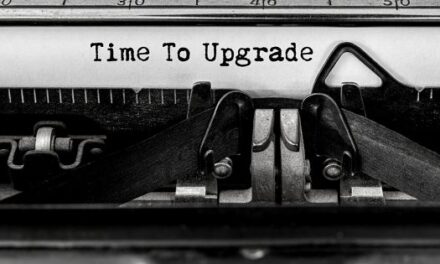I’ve always had a desire to create a company in which people enjoy working. The place where waking up and going to the office is not a struggle but a thing people are excited about. Sure, It sounds impossible, but I believe that we need to dream big to achieve big things.
However, just dreaming is not going to work; we need to take action to get things done. So I sat down and started thinking, what would make me feel that way about my job? I had some not too effective brainstorming, yet one point has stood out from the rest – GROWTH.

The term “growth mindset” was originally introduced by Carol Dweck, a psychologist, professor, and researcher at Stanford University, in her 2006 book Mindset: The New Psychology of Success. Dweck explains that people exhibit a growth mindset when they believe innate traits or abilities do not limit them. Instead, they have the capacity to learn, grow, and improve.
Providing a space for personal and professional development is the number one to creating that growth mindset in employees. I’ve been a CEO for a while now and developed a few tactics that work pretty well, so I’ve decided to share the knowledge.
Here are my rules for building a growth encouraging workplace:
Trust your employees
As leaders, we have no room for micromanaging and excessive control, and we should put our efforts into motivating and engaging the employees to build a dynamic and collaborative work environment. After all, we hire those people we want to work with and believe they are in the right place. As leaders monitor every move, the atmosphere gets toxic, and morale decreases, resulting in the opposite effect.
According to Harvard, compared with people at low-trust companies, people at high-trust companies report 74% less stress, 106% more energy at work, 50% higher productivity, 13% fewer sick days, 76% more engagement, 29% more satisfaction with their lives, and 40% less burnout.
Show that failures can be valuable learning opportunities
It is said that failure is the best teacher… we could argue about that. There are probably many greater teachers out there. However, failures hold an enormous power when it comes to the work environment. The ways you react to them as a leader have an extreme impact on the organization as well as all your employees.
Those situations can be valuable and help you (a leader) create a cohesive team. What’s crucial is being a failure-tolerant leader, an executive who, through their words and actions, helps employees overcome their anxieties about making mistakes and, in the process, creates a culture of intelligent risk-taking that leads to sustained innovation. Such leaders don’t just accept productive failure; they promote it.
Invest in Employees
People need to see you want their development. It isn’t just about your attitude and management style but also about the invested efforts and money. Ensure that each employee is satisfied with their pay, equipment, and benefits. It can be done either through evaluation forms or a 1o1 conversation about those conditions.
Another thing is encouraging to learn new skills – you can provide workshops, establish a reward system for earning a certificate/completing a course, or just create a bookshelf with worth reading ones – anything to foster an organizational growth mindset.
Use those three rules and see for yourself what great results they bring. Good luck!






















